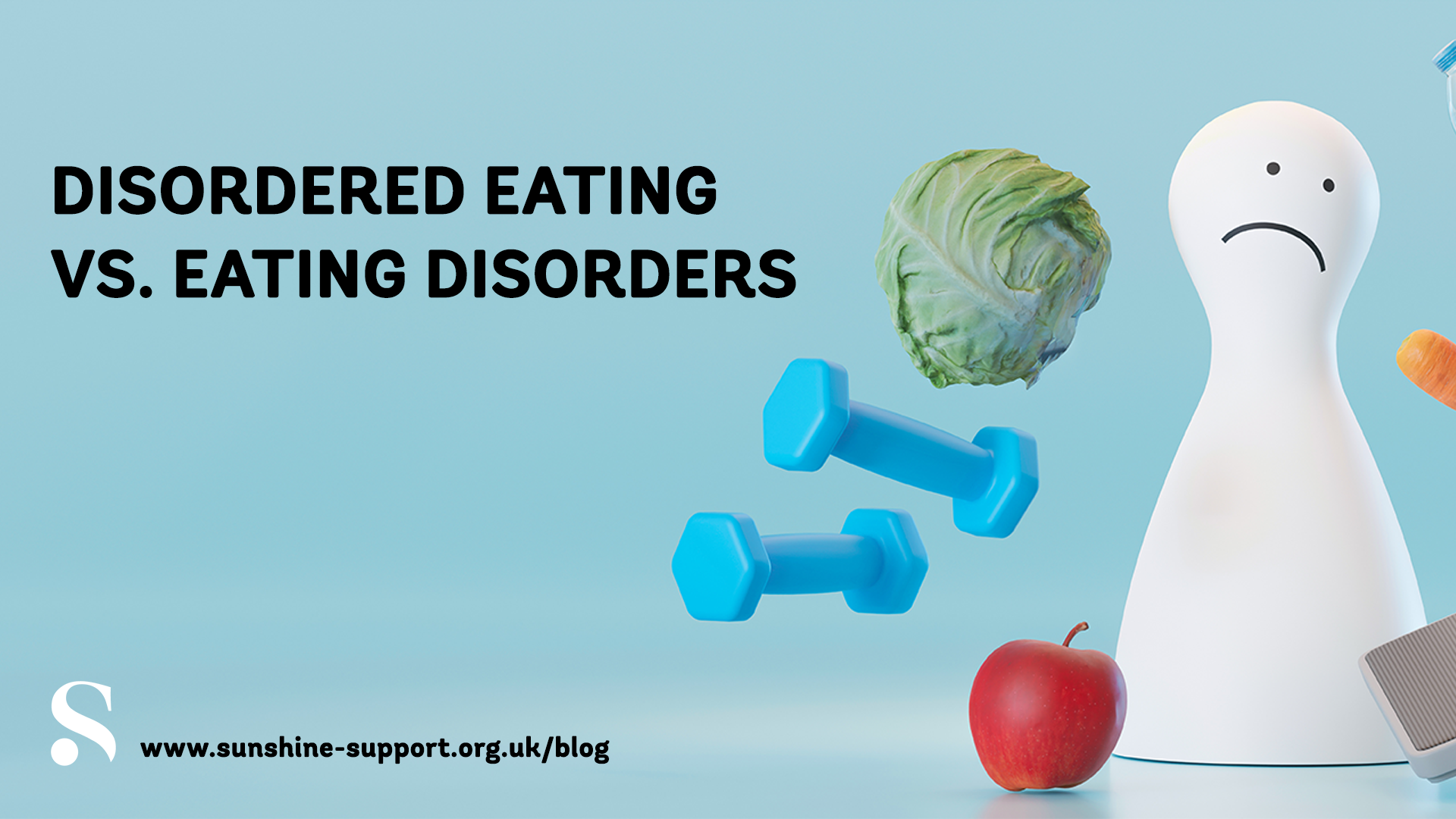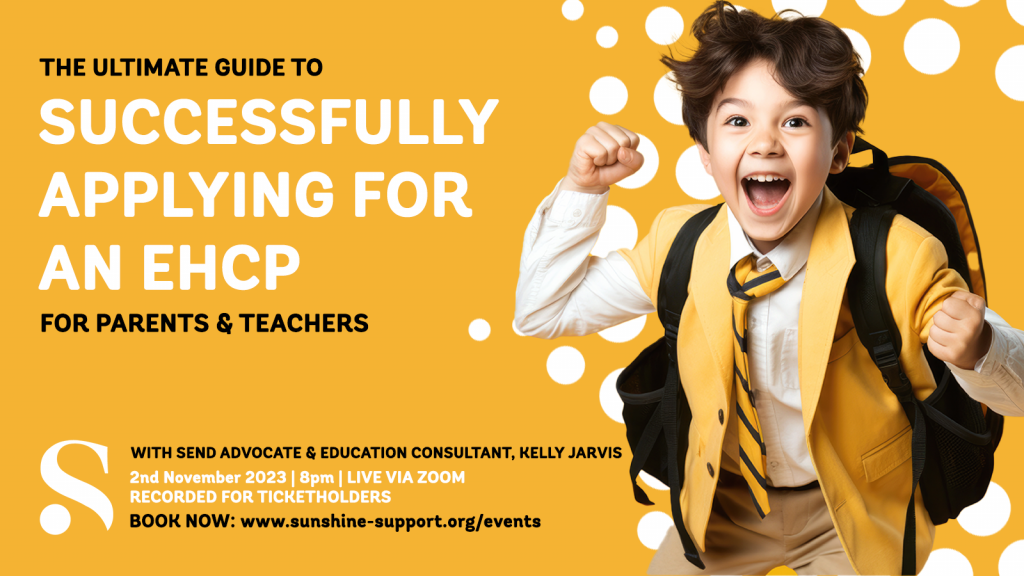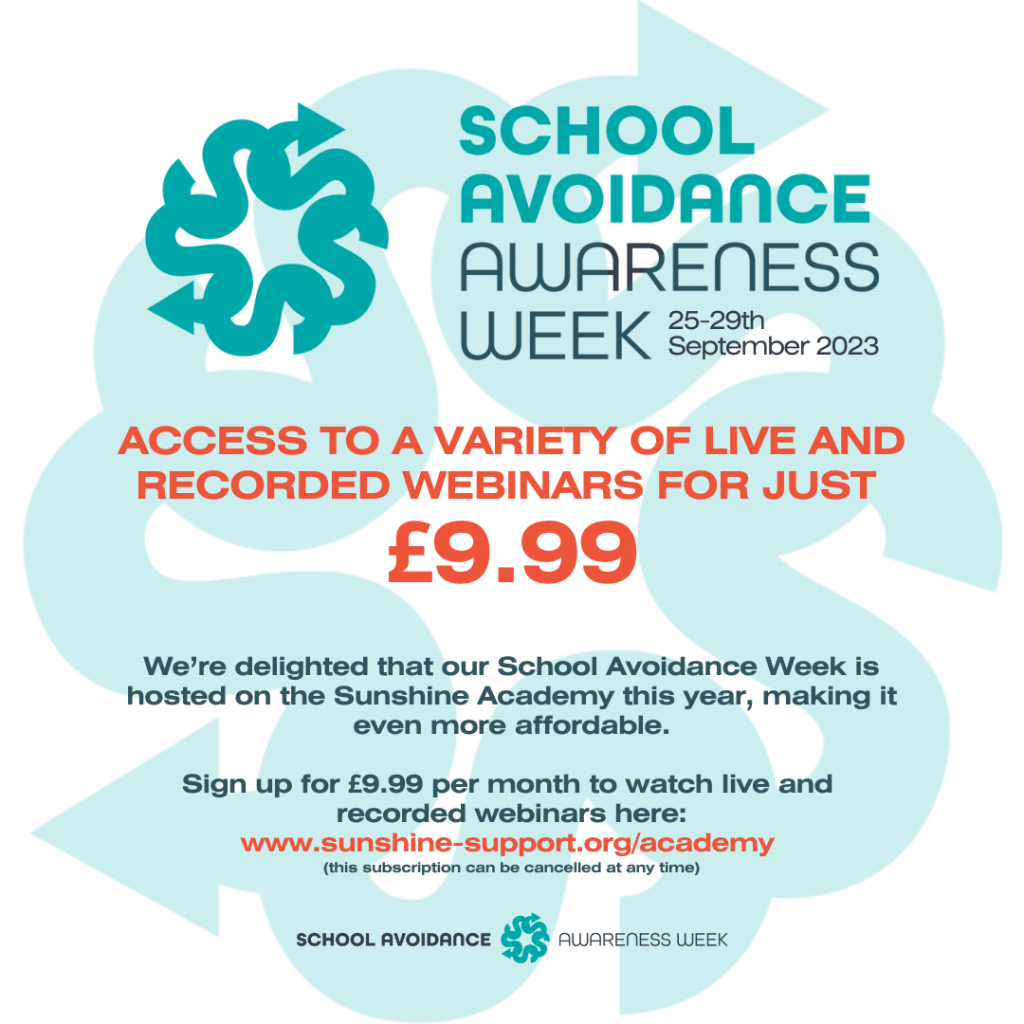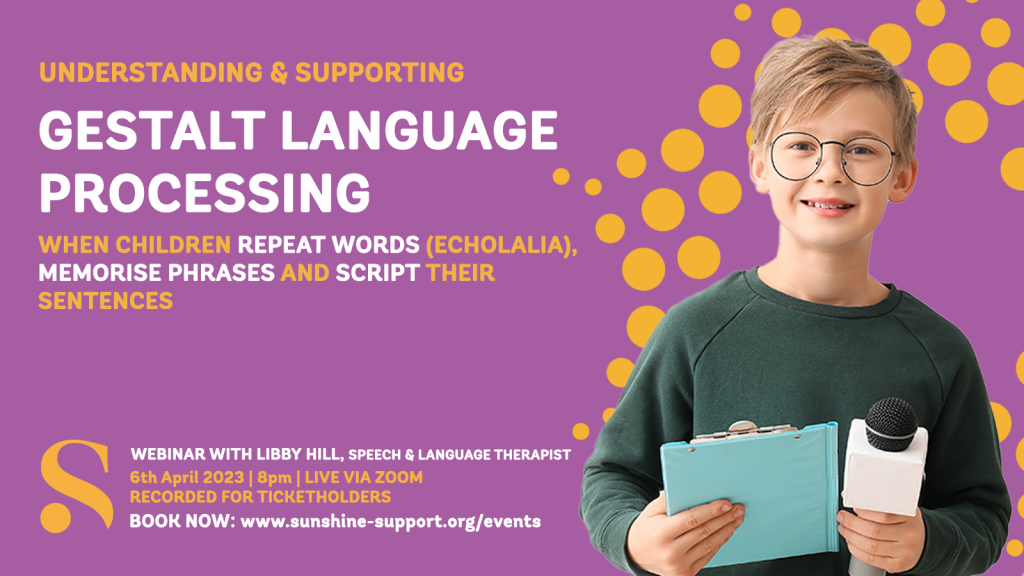
As a parent it can be heart-breaking to watch your child struggle with their food. Whether this is seen as ‘picky eating’ or something else, it’s hard to understand when it’s an actual problem and how we go about helping them.
We’ve all heard the terms “disordered eating” and “eating disorders”, but are they really the same? Let’s clear this up…
Eating Disorders: The Clinical Side
Eating disorders are not just about watching what you eat. They’re serious illnesses that can affect anyone, regardless of age, race, or background. Think of them as falling on the extreme end of disordered eating.
Types of Eating Disorders:
- Anorexia Nervosa
- Bulimia Nervosa
- Binge Eating Disorder
- ARFID (sometimes this is tricky to pin down as a ‘type’ of ‘disorder’ and can stretch between two teams; both eating disorder teams and occupational therapy)
- OSFED (Other Specified Feeding and Eating Disorder, previously known as EDNOS: Eating Disorder Not Otherwise Specified)
Each comes with its own set of criteria, as outlined in the DSM-5.
What to Watch For:
- Extreme behaviours like severe calorie restriction
- Binge eating, or purging
- Severe avoidance of certain foods
- Body Mass Index: Some people with eating disorders will have a critically low BMI. However, other people with eating disorders will have BMIs in the normal to high range. BMI is not a reliable indicator of eating disorder severity.
Whatever someone’s weight, these behaviours can take a toll on both physical and mental health and it’s important we recognise this.
It’s important to understand that disordered eating is very much a spectrum.
Disordered Eating: The Grey Area
Disordered eating isn’t a diagnosis in itself but rather a range of irregular eating behaviours that don’t fit the criteria for a specific disorder.
What it Looks Like
Similar symptoms to eating disorders but perhaps less severe or frequent. It often stems from a distorted relationship with food, exercise, and body image but can also include sensory sensitivities and social/communication difficulties, too.
Spotting the Signs
So, how do you know if your child is struggling with disordered eating? These are the symptoms to watch out for:
- Distorted body image
- Strict rules around food and exercise
- Unhealthy weight control behaviours
- Frequent dieting
- Red Flags: Any significant departure from regular eating habits or a preoccupation with food, exercise, or body image.
Navigating ‘Normal’ Eating
Understanding what non-disordered eating looks like can provide a helpful benchmark.
It’s essential that eating habits are regular, varied, flexible and enjoyable. In contrast, disordered eating often involves rigidity, guilt, and a preoccupation with food or body image.
The Impact
Whether it’s an eating disorder or disordered eating, the consequences can be serious.
- Health Ramifications: From cardiovascular issues to social isolation, the effects can be far-reaching.
- The Road to Recovery: Seeking professional help is crucial. Early intervention can prevent escalation into more severe disorders. However, not enough is yet known about how best to support autistic people through eating disorders. We do know, however, that autism-adapted treatment is crucial.
Conclusion: Getting Help
If you suspect your child is struggling with disordered eating or an eating disorder, don’t hesitate to seek support.
Resources
Live webinar:
Disordered Eating & Eating Disorders in Autistic People
https://www.eventbrite.co.uk/e/801443788947
Peer-to-peer Support:
Online CUPPA&CHATs (every other Wednesday evening) https://www.eventbrite.com/e/102882187392
☀️In-Person Cuppa&Chats in Derby (every other Friday morning) – https://www.eventbrite.co.uk/e/385644100887
Recorded Webinars & Resources:
Sunshine Academy – https://www.sunshine-support.org/academy







